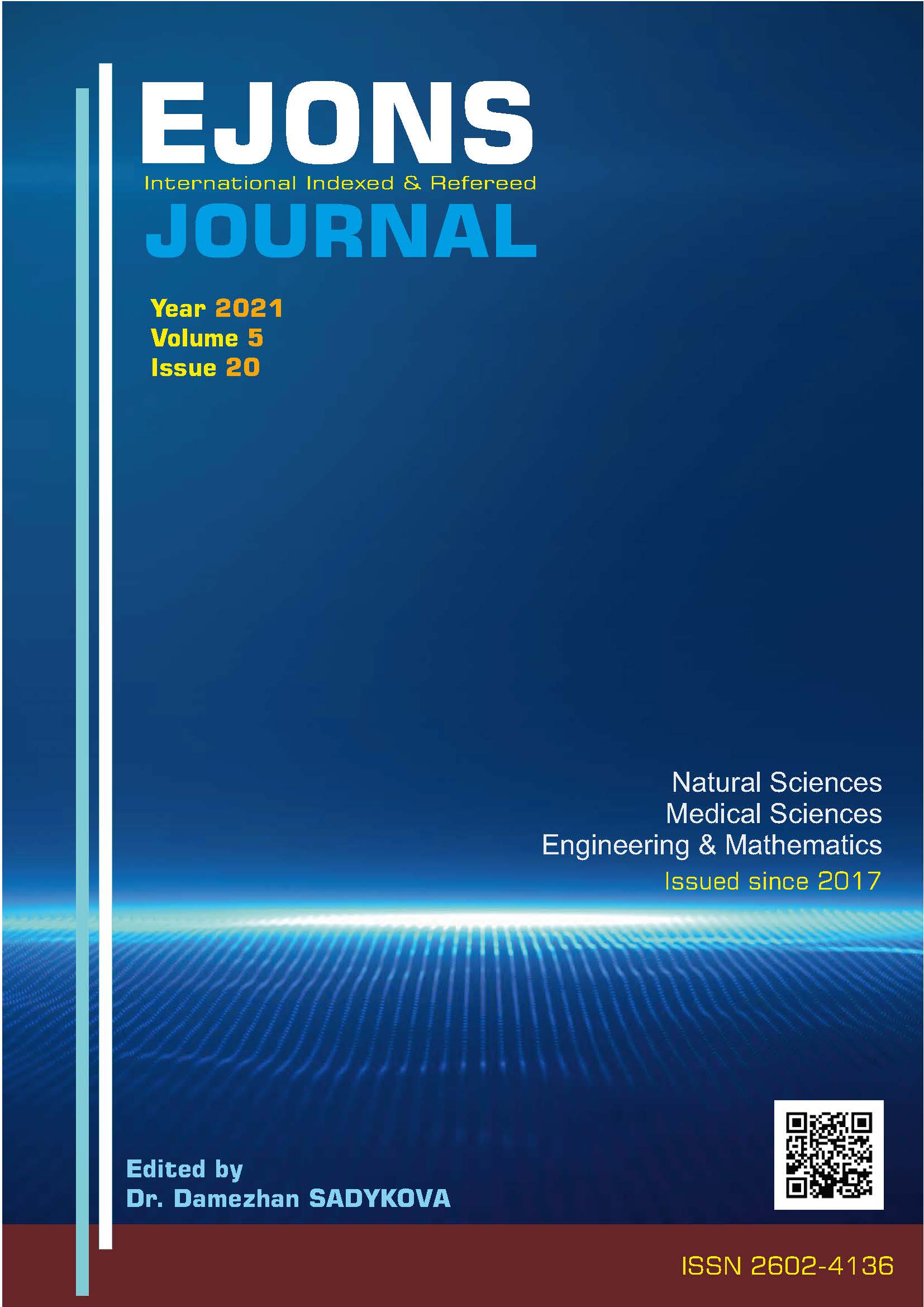PETROGRAPHIC EVOLUTION AND ECONOMIC POTENTIALS OF ROCKS BETWEEN GÜZELYURT – ABBASLAR (DULKADİROĞLU – KAHRAMANMARAŞ)
DOI:
https://doi.org/10.38063/ejons.535Keywords:
Kahramanmaraş, Ophiolite, Basalt, PetrographyAbstract
The study area between subdistrict Güzelyurt, 11 km southeast of the city Kahramanmaraş and the Abbaslar village. Mesosoic and Senosoic age units are obsorved in the field the oldest units are tectonites, the parts of the ophiolitics series which moved into the field by mounting in the Upper Kretase. Serpantinites which are formed by the alteration of partically or completely serpantinized and harzburgite and peridotites, form the tectonites. Tectonically bordered Paleosen-Eosen limestones have came into ophiolitic series. The youngest units in the area are plateau basalts which are the results of Cretase-aged volcanism. Besides, they have proved to the different from the basalts of the ophiolitic series because they have been spilitised as regarded with the appereans in the area and they don’t show cushion flow. These rocks, defined as olivined basalt after the microscopic studies. Peridotites in the ophiolite series in the study area are noteworthy because they contain chromite. The chromites in the region take place in the peridotites as scattered grains and small pockets. Detailed studies are needed to reveal the economic values of chromites in a healthy way. Especially west of Denizli village and north of Tevekkeli village can be suggested as places where work should be intensified. However, limestones and basalts in the formations cropping out in the study area are used as building blocks in small and large settlements in the region.
Downloads
Published
How to Cite
Issue
Section
License

This work is licensed under a Creative Commons Attribution-NonCommercial 4.0 International License.


